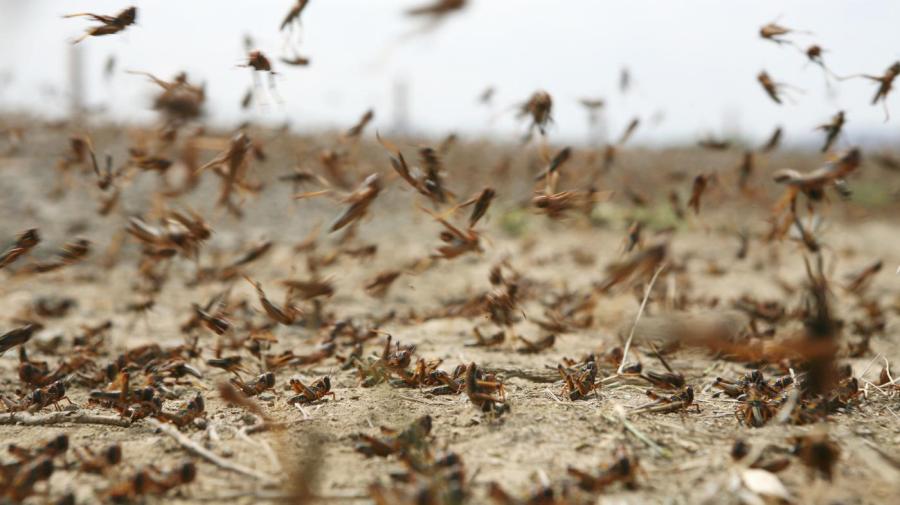What Were the Ten Plagues of Egypt?

According to the Old Testament story of Exodus, the 10 plagues of Egypt were a series of punishments that God visited on the Egyptians in response to the pharaoh’s refusal to free the Hebrew slaves trapped in that nation; these plagues include events such as a swarm of frogs and pestilence among the country’s domestic animals. Moses, a Jewish orphan who was raised in the pharoh’s home, made multiple demands for the pharaoh to “let my people go,” referring to pharaoh’s ability to free the Hebrew slaves. When pharaoh repeatedly denies this demand, Moses warns him of the series of plagues that God will send, but pharaoh is still unmoved.
After this, the series of 10 plagues begins, starting with a plague that turns the Nile River’s waters into blood. Next, the swarm of frogs comes, followed by an outbreak of lice that impacts both animals and humans. The fourth plague involves huge groups of wild animals flooding into Egyptian cities, and the fifth is the pestilence that kills livestock and pets. The sixth and seventh plagues involve an outbreak of painful boils and a storm of fire and ice; after these plagues, the Egyptian people beg the pharaoh to free the slaves, but he remains resolute. The final three plagues consist of locusts, darkness and, finally, the death of all of the firstborn sons in each Egyptian family.





